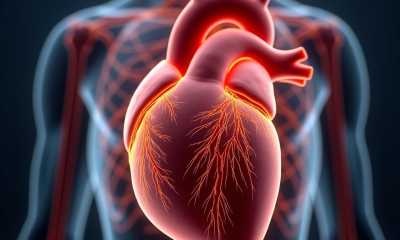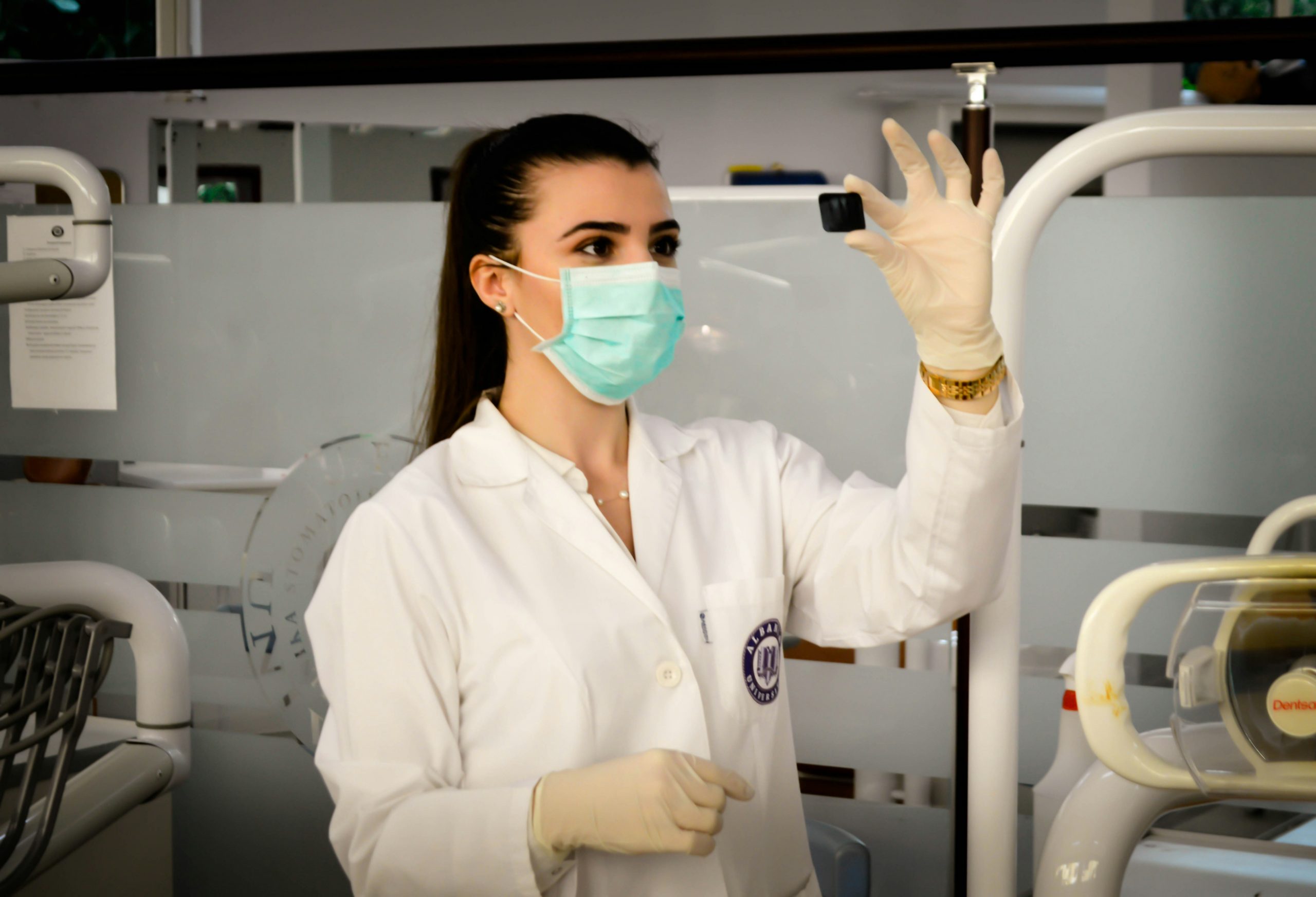In the rapidly evolving field of medical technology, one innovation stands out for its potential to transform healthcare: 3D-printed organs. This groundbreaking advancement promises to revolutionize organ transplantation and medical research, offering new hope to patients and medical professionals alike. As the technology advances, it is poised to address critical challenges in the medical field, such as organ shortages and the need for customized medical solutions.
The Promise of 3D Printing in Medicine
3D printing, also known as additive manufacturing, involves creating three-dimensional objects layer by layer from a digital model. In medicine, this technology has been harnessed to create highly customized prosthetics, dental implants, and even tissue engineering scaffolds. However, the most ambitious application is the creation of fully functional human organs.
According to a recent article on Forbes, 3D-printed organs are already making significant strides in the medical field. Researchers and companies are leveraging this technology to produce organs that can potentially be transplanted into patients, drastically reducing the waiting time for organ transplants and eliminating the risk of organ rejection by the recipient’s immune system.
Overcoming Organ Shortages
One of the most pressing issues in healthcare today is the shortage of organs available for transplantation. The U.S. Department of Health & Human Services reports that over 100,000 people are currently on the national transplant waiting list, with a new person added every 10 minutes. Tragically, an average of 17 people die each day waiting for an organ. 3D printing offers a solution by enabling the production of organs on demand.
Dr. Anthony Atala, director of the Wake Forest Institute for Regenerative Medicine, is at the forefront of this research. His team has successfully printed several types of tissues and organs, including kidneys and bladders, which have been implanted in animal models with promising results. In an interview with the National Institutes of Health, Dr. Atala emphasized that while there are significant challenges to overcome, the potential benefits are enormous.
Customization and Precision
One of the most compelling advantages of 3D-printed organs is their ability to be customized to the specific needs of individual patients. Traditional organ transplants involve matching donor and recipient tissues to minimize the risk of rejection. This process can be time-consuming and is not always successful. With 3D printing, organs can be created using the patient’s own cells, significantly reducing the risk of rejection.
A study published in Nature Biotechnology highlights how researchers have used a patient’s stem cells to print a functional mini-liver, demonstrating the feasibility of creating personalized organs. These mini-livers were not only anatomically accurate but also performed essential liver functions when tested in vitro.
Innovations in Bioprinting
The field of bioprinting, a subset of 3D printing, focuses specifically on creating complex biological structures. Companies like Organovo and CELLINK are pioneering bioprinting technologies that use bioinks—materials made from living cells—to print tissues and organs. These bioinks can be layered to form intricate structures that mimic the architecture of human organs.
Organovo, for instance, has developed bioprinted liver tissues that can be used for drug testing and disease modeling, reducing the reliance on animal testing and improving the accuracy of preclinical studies. The Food and Drug Administration (FDA) has shown interest in these developments, recognizing their potential to enhance drug safety and efficacy testing.
Challenges and Ethical Considerations
Despite the exciting potential of 3D-printed organs, there are several challenges and ethical considerations that need to be addressed. One of the primary technical challenges is ensuring that printed organs have the necessary vascular networks to supply nutrients and oxygen to all cells. Without these networks, the organs cannot survive and function properly once implanted.
Additionally, the long-term viability and functionality of 3D-printed organs in human patients remain uncertain. While animal studies have shown promising results, extensive clinical trials are necessary to establish safety and efficacy in humans. The FDA and other regulatory bodies play a crucial role in overseeing these trials and ensuring that new medical technologies meet rigorous standards.
Ethically, the use of 3D printing in medicine raises questions about accessibility and equity. As with many advanced medical technologies, there is a risk that 3D-printed organs could be expensive and available only to those with significant financial resources. Policymakers and healthcare providers must work together to ensure that these innovations are accessible to all patients who need them.
The Future of 3D-Printed Organs
Looking ahead, the future of 3D-printed organs in medicine appears incredibly promising. As the technology matures, it is likely to become an integral part of healthcare, offering solutions to some of the most challenging medical problems. Researchers are exploring the use of 3D printing to create complex organs like hearts and lungs, which could have a profound impact on patients with chronic and life-threatening conditions.
Furthermore, advancements in artificial intelligence and machine learning are expected to enhance the precision and efficiency of 3D bioprinting. AI algorithms can optimize the printing process, ensuring that organs are constructed with the highest possible accuracy and functionality.
In addition to organ transplantation, 3D printing holds potential for other medical applications. For example, researchers are developing 3D-printed skin grafts for burn victims, bone grafts for orthopedic surgeries, and even customized pharmaceutical implants that release drugs at controlled rates.
Conclusion
The advent of 3D-printed organs represents a remarkable leap forward in medical technology. By addressing critical issues such as organ shortages and the need for personalized medical solutions, this innovation has the potential to save countless lives and improve the quality of care for patients worldwide. As researchers continue to overcome technical and ethical challenges, the integration of 3D-printed organs into mainstream medicine seems not only possible but inevitable. The collaboration between scientists, medical professionals, and regulatory bodies will be essential in realizing the full potential of this transformative technology.
For more information on the advancements and potential of 3D-printed organs, visit the Forbes article, and explore resources from the U.S. Department of Health & Human Services and the National Institutes of Health.


 Home4 years ago
Home4 years ago
 Medical4 years ago
Medical4 years ago
 Gadgets4 years ago
Gadgets4 years ago
 Environment4 years ago
Environment4 years ago
 Medical4 years ago
Medical4 years ago
 Energy4 years ago
Energy4 years ago













